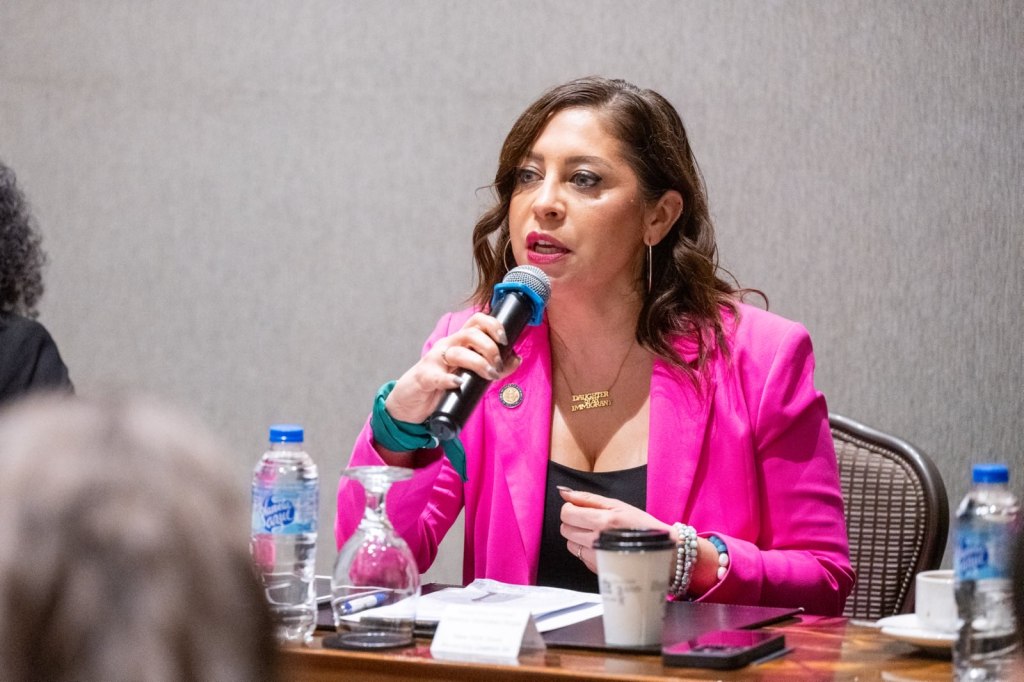The Sept. 23-29 TimesLedger Newspapers article “Tornado tables vote on tennis stadium” highlighted another stream of misleading statements from Christine Schott, a seemingly self-appointed spokeswoman for a small minority of West Side Tennis Club members. Anyone who may be drawn in by this barrage of unsubstantiated remarks, such as “Why would we sell to the first person who offers us something?” must be informed of the illegitimacy of these arguments in the interest of fair and honest reporting.
The board president, Ken Parker, made it clear in his letter to the members that Cord Meyer’s proposal was one of nine submitted to the board for its consideration. The ideas ranged from the restoration of the stadium to the sale or lease of the property, with various thoughts for future development.
The process, as described by Parker, took more than a year. It was methodical, diligent and conducted in the strictest confidence that typifies all such professional negotiations. The outcome of this hard work, for which we owe the board our gratitude, is an offer to revitalize a tired, old club on the verge of fiscal collapse.
To suggest that the United States Tennis Association, Chase Bank or Ralph Lauren would entertain the notion of bankrolling the resurrection of the stadium with the requisite upgrades to all facilities necessary to conform to building and disabilities act codes — on the basis of having been approached by Schott — defies all logic. As Mayor Michael Bloomberg pointed out in a recent information meeting, the USTA has a profitable business to run. It is clear that business has nothing to do with a decaying stadium it left behind 32 years ago.
The USTA left the WSTC stadium behind for a reason. The stadium and club facilities could no longer host modern mass public events. Furthermore, in this day and age with the potential for terrorism, today’s security requirements alone would further deplete the WSTC coffers and virtually grind the entire Forest Hills community to a halt. Just ask anyone who lives near the United Nations during the General Assembly meeting what the paralysis of a neighborhood looks and feels like.
There are those who believe it is the responsibility of all members to foot the bill to solve the club’s financial woes. They suggest a minimum contribution of $5,500 per member to relieve the club of immediate financial problems. After that, there would be ongoing special assessments for maintenance, repair and all operating expenses. Membership dues would skyrocket to a level comparable to those charged by luxury country clubs in the area, but the WSTC facilities would remain dilapidated and crumbling.
New members are needed to bolster the decline. Existing members need a reason to stay. Who would agree to such a personal commitment with such little value for cost?
Joanne Gibson
Forest Hills

































